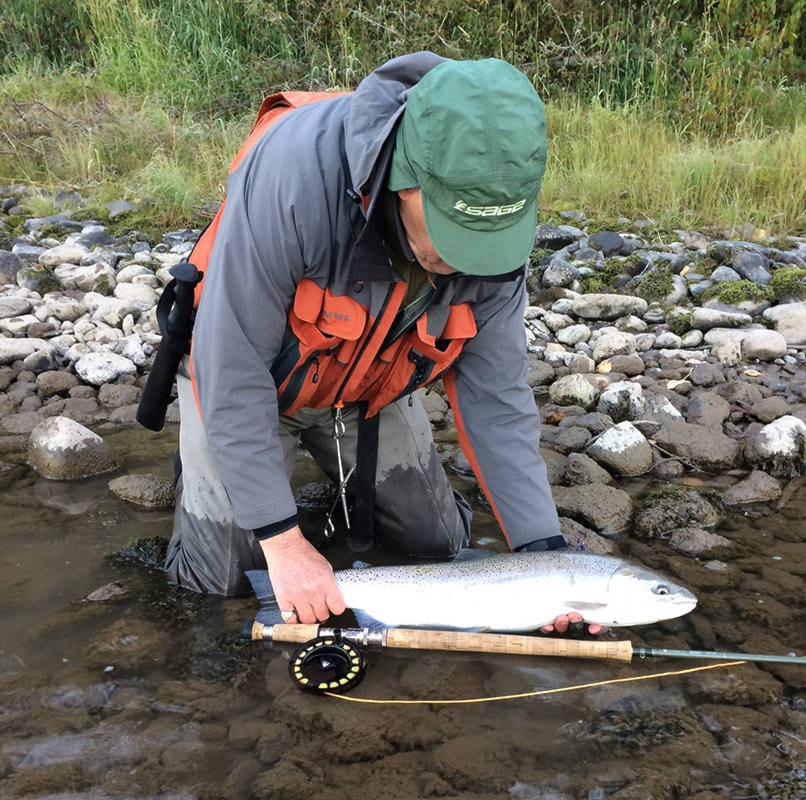Only 45 steelhead are forecasted to spawn in the Chilcotin watershed and 145 for the Thompson watershed, a Fish and Wildlife Branch letter for distribution warns.
“These forecasts represent record low spawning abundances for Thompson and Chilcotin steelhead over monitoring time frames of 41 and 47 years, respectively,” a fish biologist with the branch, Robert Bison, noted in a status update on Nov. 6.
Forecast numbers are based on catches to date of steelhead in test fisheries, he explained.
“The chance that the status will be classified as an Extreme Conservation Concern is currently estimated at 96 per cent.”
Steelhead Society of B.C. director Cody Sojka said he is predicting “virtual extinction” for steelhead.
“It comes down to it being in such a critical state I don’t think anyone thought it would decline this quickly,” he told the Tribune Thursday.
Scientific data shows about 20 per cent of the steelhead stock is lost each year through commercial and First Nations fisheries for chum salmon, Sojka said.
“That is completely unacceptable for a run that’s considered an extreme conservation concern.”
Sojka described steelhead as a B.C. icon, noting people used to come from all over the world to fish for steelhead.
“We do have other factors contributing to the demise of these fish, but nothing as significantly as our own government’s mismanagement. It’s pretty sad.”
Interior steelhead have seen a persistent decline in marine survival during the past three decades, a Ministry of Forests spokesperson said in an e-mailed response, noting studies indicate that steelhead by-catch during salmon fisheries, marine mammal predation, and competition with salmon in offshore environments, are the primary factors influencing steelhead status.
Climate patterns can also vary the food base over 10- to 30- year periods, the spokesperson said.
